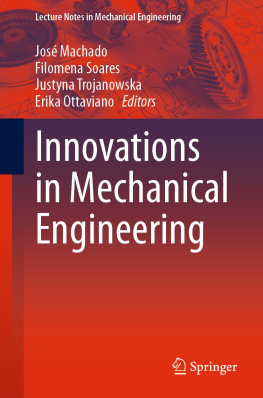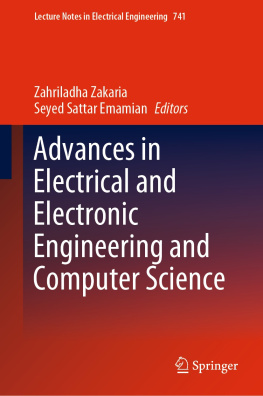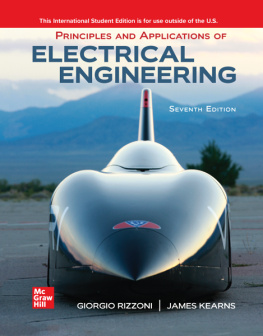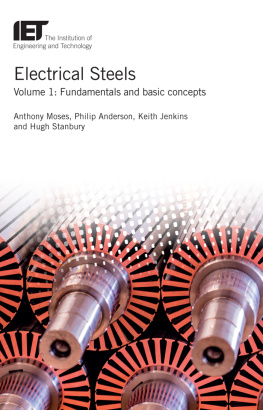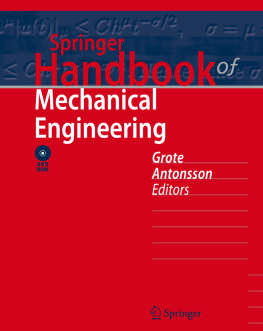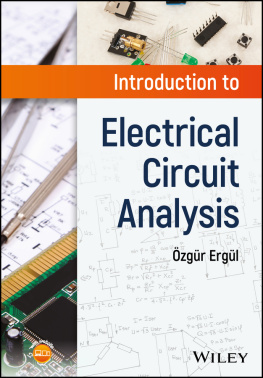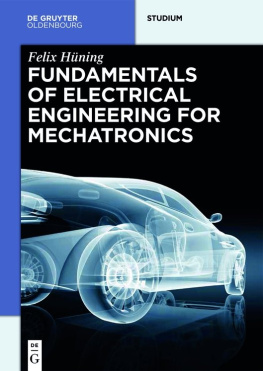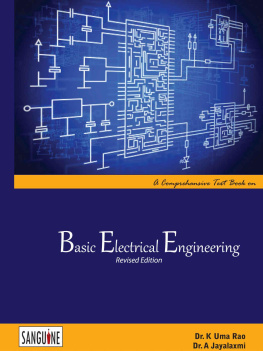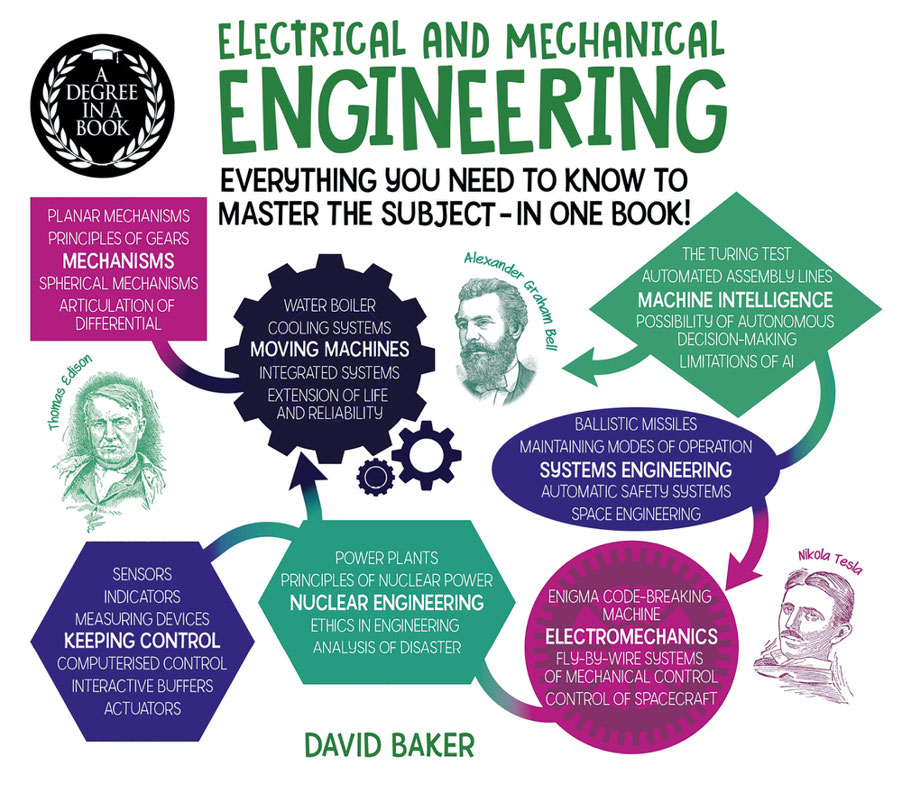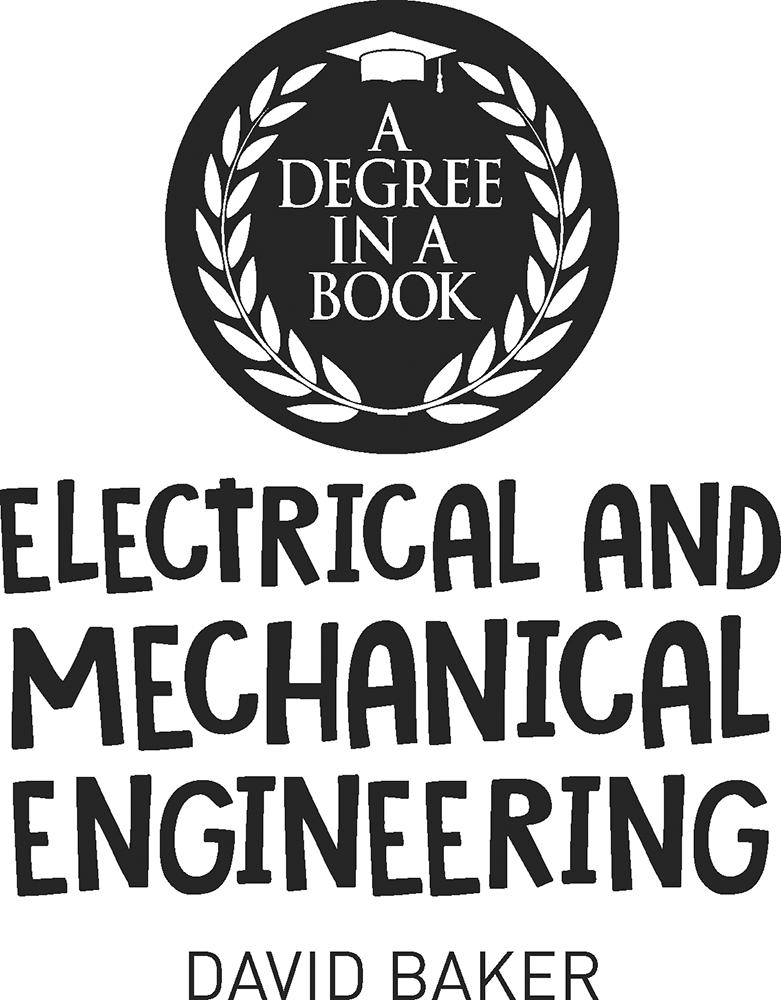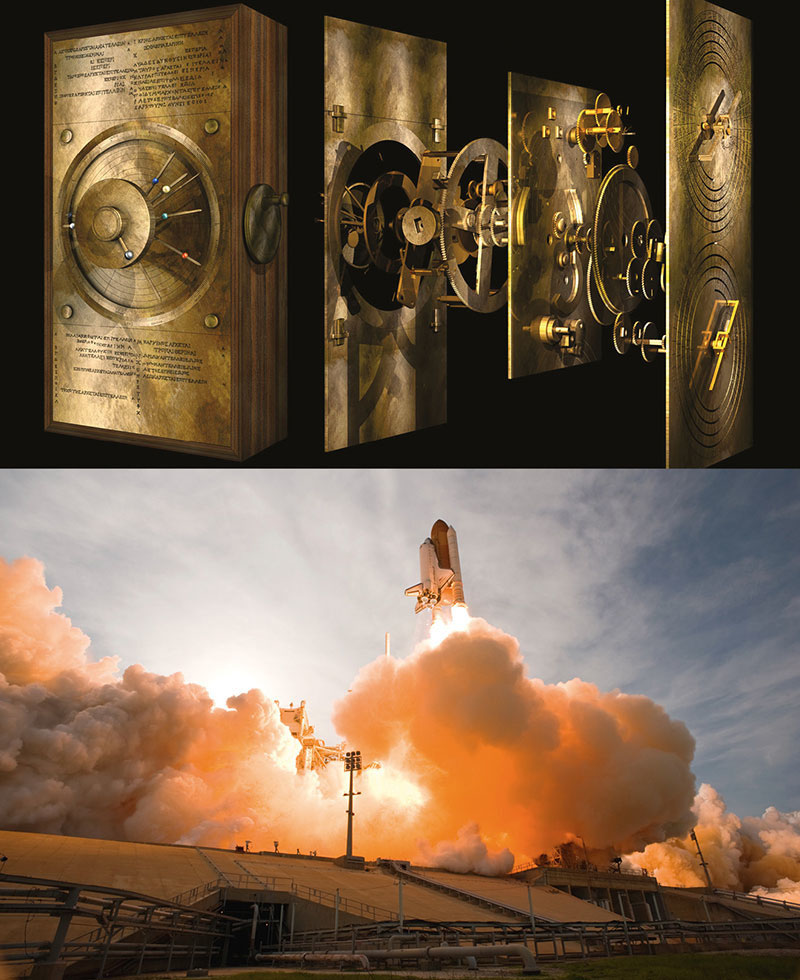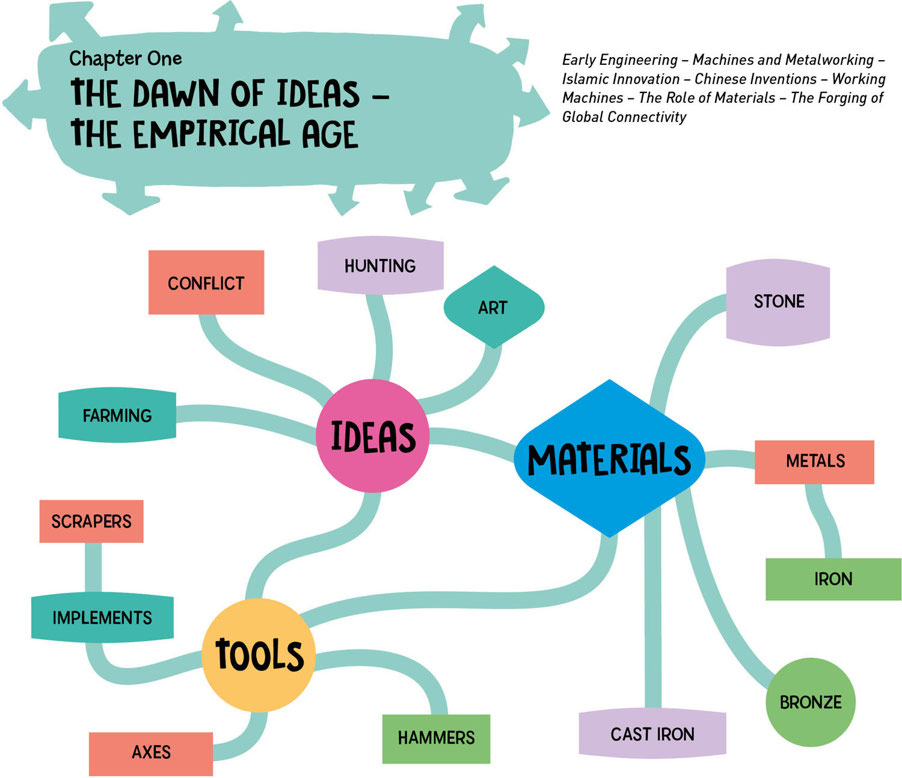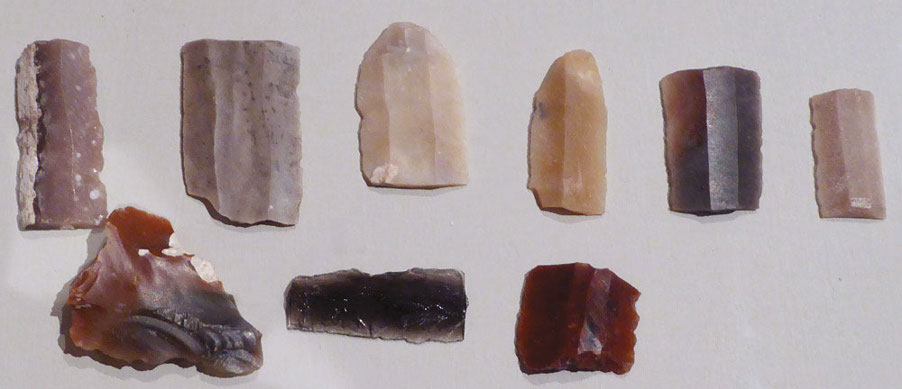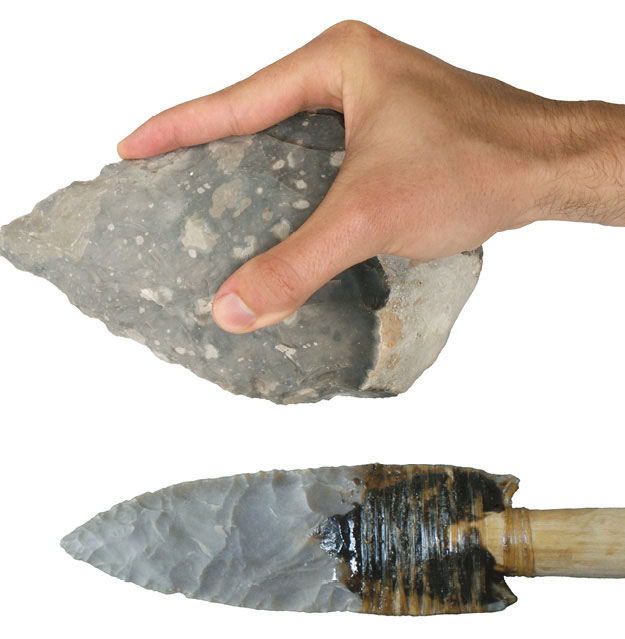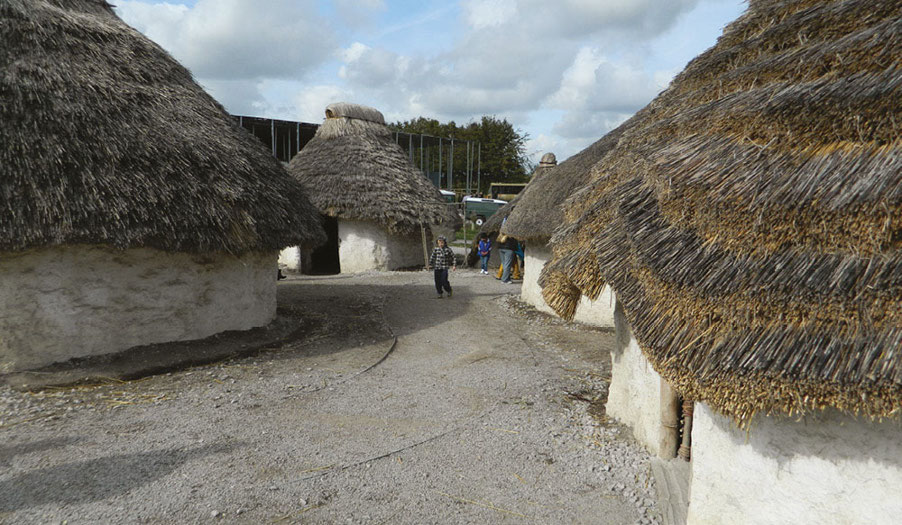David Baker - A Degree in a Book: Electrical and Mechanical Engineering: Everything You Need to Know to Master the Subject - in One Book!
Here you can read online David Baker - A Degree in a Book: Electrical and Mechanical Engineering: Everything You Need to Know to Master the Subject - in One Book! full text of the book (entire story) in english for free. Download pdf and epub, get meaning, cover and reviews about this ebook. year: 2021, publisher: Arcturus Publishing, genre: Romance novel. Description of the work, (preface) as well as reviews are available. Best literature library LitArk.com created for fans of good reading and offers a wide selection of genres:
Romance novel
Science fiction
Adventure
Detective
Science
History
Home and family
Prose
Art
Politics
Computer
Non-fiction
Religion
Business
Children
Humor
Choose a favorite category and find really read worthwhile books. Enjoy immersion in the world of imagination, feel the emotions of the characters or learn something new for yourself, make an fascinating discovery.

- Book:A Degree in a Book: Electrical and Mechanical Engineering: Everything You Need to Know to Master the Subject - in One Book!
- Author:
- Publisher:Arcturus Publishing
- Genre:
- Year:2021
- Rating:5 / 5
- Favourites:Add to favourites
- Your mark:
A Degree in a Book: Electrical and Mechanical Engineering: Everything You Need to Know to Master the Subject - in One Book!: summary, description and annotation
We offer to read an annotation, description, summary or preface (depends on what the author of the book "A Degree in a Book: Electrical and Mechanical Engineering: Everything You Need to Know to Master the Subject - in One Book!" wrote himself). If you haven't found the necessary information about the book — write in the comments, we will try to find it.
A concise introduction to all the key tenets of electrical and mechanical engineering degree course, written by former NASA engineer Dr David Baker.
A Degree in a Book: Electrical and Mechanical Engineering is presented in an attractive landscape format in full-color. With timelines, feature spreads and information boxes, readers will quickly get to grips with the fundamentals of electrical and mechanical engineering and their practical applications.
Covering Newtonian mechanics, nuclear engineering, artificial intelligence, 3D printing and more, this essential guide brings clarity to complex ideas. David Baker delves into the history and development of this far-reaching subject as well as the challenges of the future such as environmental responsibility.
Complete with a useful glossary of key terms, this holistic introduction will equip students and laypeople alike with the knowledge of an engineering graduate.
ABOUT THE SERIES: Get the knowledge of a degree for the price of a book with Arcturus Publishings A Degree in a Book series. Written by experts in their fields, these highly visual guides feature handy timelines, information boxes, feature spreads and margin annotations, allowing readers to get to grips with complex subjects in no time.
David Baker: author's other books
Who wrote A Degree in a Book: Electrical and Mechanical Engineering: Everything You Need to Know to Master the Subject - in One Book!? Find out the surname, the name of the author of the book and a list of all author's works by series.



